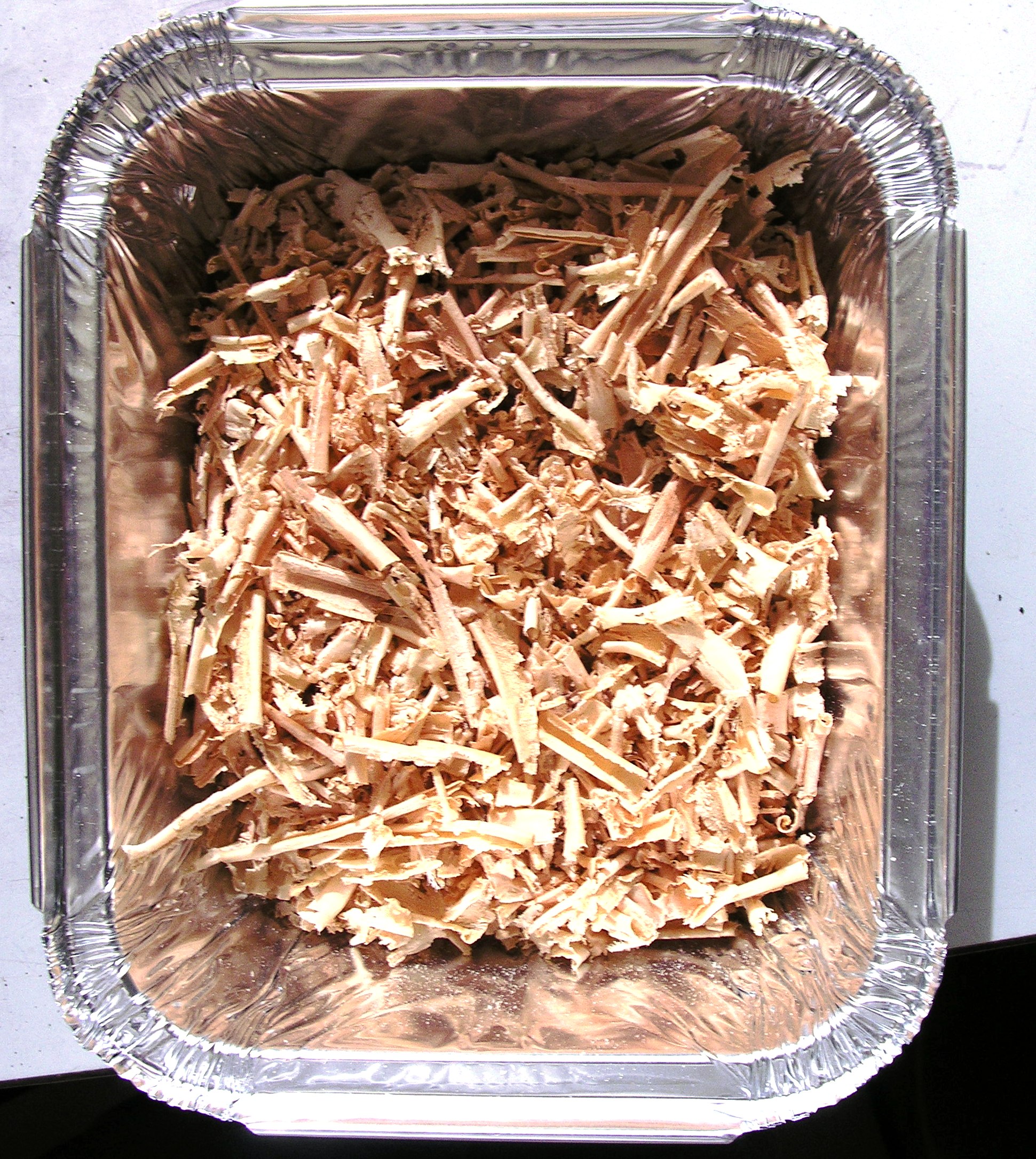The so-called first generation bioethanol is nowadays mainly produced in the USA from corn starch and in Brazil from sugar cane. While these two raw materials possess easy fermentable sugars with well-known techniques, they have a relatively high price, which is then reflected in the ethanol final price, and moreover their use as biofuels is in competition with the food industry.
However, several alternative waste materials could be employed as feedstocks in the so-called second generation bioethanol production: softwood, hardwood, agricultural waste material (such as corn stover, rice straw, pruning trees etc.) and industrial waste material (as sugarcane bagasse). All these materials contain sugars, but in a more complex form than starch. Three main substances are found in lignocellulosic materials, namely cellulose (polymer of six-carbon sugars), hemicellulose (mainly polymer of five-carbon sugars) and lignin (complex molecule which reinforces the plant structure).
These feedstocks are unfortunately recalcitrant to enzymatic attack for a number of reasons and must therefore undergo a pretreatment phase using physical and/or chemical techniques in order to make cellulose and hemicellulose molecules free from lignin bonds and render them digestible to enzymes. These techniques include among others dilute acid treatment, steam explosion treatment, autohydrolysis, alkali treatment.
Overall, producing ethanol from lignocellulosic feedstocks is still not economically viable at the industrial scale. Improvement of the ethanol production chain are hence needed, especially concerning the initial phase of pretreatment; also, the simultaneous production of other commodities along with ethanol (biorefinery approach) could be beneficial .
In our laboratory research, we perform different chemical pretreatments on a number of feedstocks. We assess the influence of these operations through chemical analysis and by enzymatic saccharification of the pretreated material.
Dilute acid pretreatment of Douglas Fir wood to improve enzymatic saccharification rates
Douglas Fir wood, raw (Douglas Fir is a member of the Pinaceae family)

Douglas Fir wood after dilute acid pretreatment; the samples shown have been treated under different conditions (temperature, acid concentration, etc.)

Possible use of different sugarcane residues
Sugarcane bagasse (leftover of the pith after juicing)

Sugarcane tops and leaves (residues obtained in case of “green” harvesting, namely harvesting without prior burning of the field)
